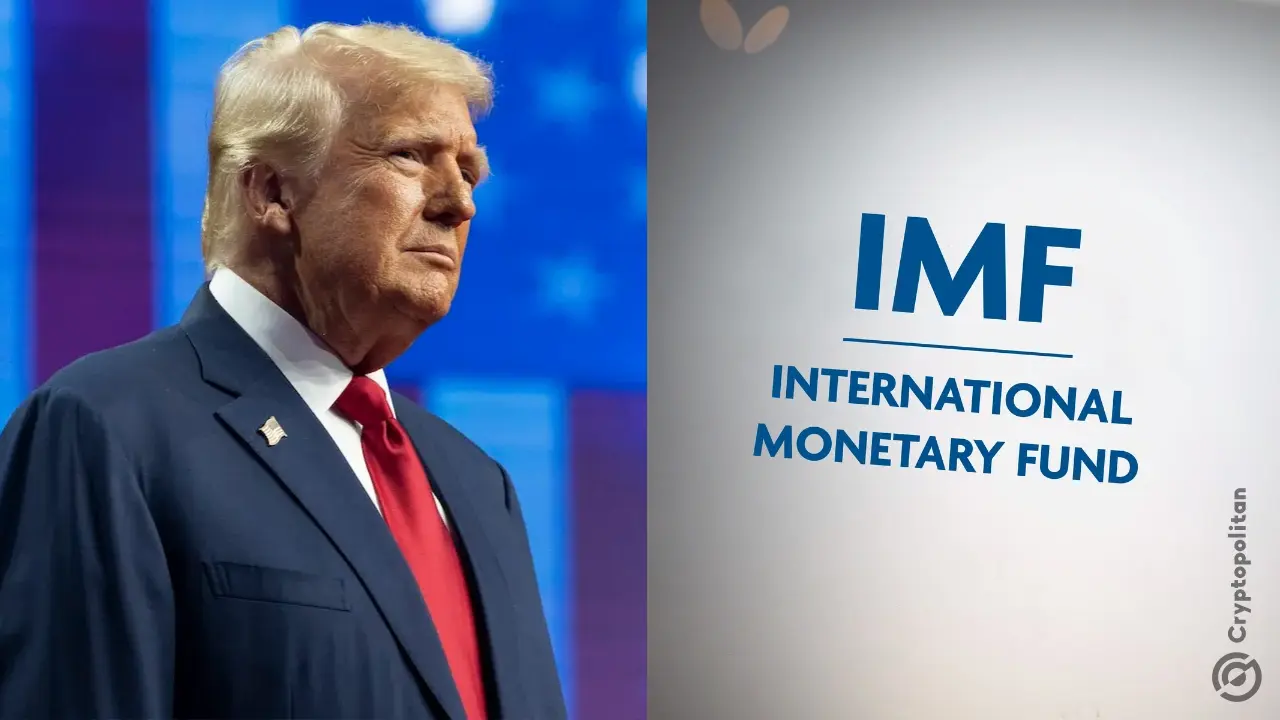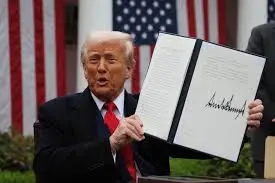Although the impact of US President Trump's trade war on stock and bond markets has been fully reflected, a key side effect of tariffs has been ignored.
Granted, the S&P 500 briefly fell into the bear market and then hit its best single-week performance in years. But it is worth noting thatMeasure the US dollar against a basket of major international currenciesUSD Index, currently hovering at its lows in nearly three years.
This performance is quite strange, considering that the US dollar has historically been regarded as a safe-haven asset during market turbulence.. After all, despite the hot performance of the S&P 500 last week, it still fell 13% from its recent high.
The abnormal fluctuations in the US dollar may reflectGlobal sentiment towards the United States deteriorates. Between radical tariffs and an inflated national debt burden, the United States suddenly lost its appeal to some.
George Saravelos, head of global foreign exchange research at Deutsche Bank, saidForeign investors are losing interest in the US dollar, and the US dollar is the main reserve currency of foreign central banks. He saidFurther long-term dollar declines could undermine U.S. ability to maintain fiscal deficits。
In a report titled "How to lose a safe haven status in 10 days" , Capito Macro implies thatIf the dollar's decline continues, its status may decline。
"In our opinion, the dollar's reserve position and broader dominance have been questioned at least a little bit, and this statement is no longer an exaggeration, but the inertia and network effects that have kept the dollar ahead for decades will not disappear anytime soon, and our basic scenario is that it will recover to some extent," the investment firm wrote on Friday.
To be sure,The Trump administration’s intention is to boost exports through a weak dollar, although it is likely unintentional to achieve this through tariffs. Analysts expected protectionist policies to boost the dollar ahead of the tariff announcement, as they speculated that inflation triggered by tariffs would keep interest rates at high levels.
"The Trump administration's policy-making process is so chaotic that it's hard to predict the policy in the next 24 hours or the future direction of the U.S. economy. For most businesses in international trade, this uncertainty is now unbearable. The question is how fast this uncertainty will impact consumers in the real economy. Currently, the market is pessimistic about the future economic growth of the U.S., which is most obvious in the foreign exchange market."
















No comments yet